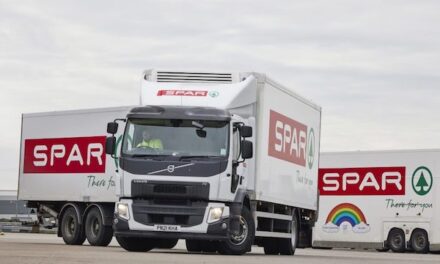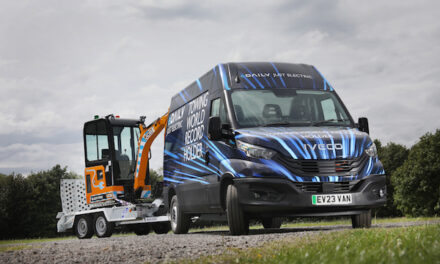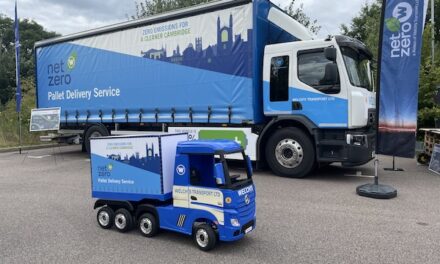In a new report aimed at fleet operators, utilities, and investors, Charles River Associates (CRA), a global consultancy supporting the transition and decarbonisation of energy systems, has unveiled essential insights into the electrification of fleet vehicles as a key pathway to reaching net zero emissions and reducing reliance on fossil fuels. The report examines the challenges and opportunities associated with transitioning to electric vehicles (EVs).
Fleet electrification has emerged as a vital strategy to decarbonise the transportation sector, with the potential to significantly impact emissions reduction. The report underscores that fleet vehicles account for 50% of emissions within the transportation sector, while constituting 25% of the total European road vehicle population.
The fleet ecosystem is diverse and exhibits a wide range of characteristics. It encompasses various vehicle types and purposes, including emergency services, local amenities, rental cars, taxi and private hire, long-haul transport, buses, and business vehicles. Each fleet category operates differently, with distinct requirements for charging infrastructure and operational considerations. For instance, long-haul transport relies on a combination of depot charging and on-route charging, whereas bus fleets predominantly rely on depot charging only. Adapting to electrification may require adjustments to business operations based on route distance and operational needs.
The transition to electric fleets is driven by a convergence of factors, including technological advancements, economic benefits such as Total Cost of Ownership (TCO) advantages, regulatory and policy pressures, and the voluntary pursuit of an environmentally responsible image through Environmental, Social, and Governance (ESG) initiatives.
Robert Stocker, Senior Associate at CRA and co-author of the paper, said: “While fleet electrification holds immense promise and some operators have made good initial progress, our report highlights that progress remains at a nascent stage. Currently, less than 2% of fleet vehicles across Europe are electric. To meet the ambitious Fit for 55 targets set for 2030, which aim for 55% electrification of passenger and Light Commercial Vehicles (LCVs), and 30% electrification of trucks and buses, the pace of electrification must accelerate significantly.
“However, several barriers stand in the way of widespread fleet electrification. These challenges include operational complexity and potential productivity losses, initial capital costs and financial risks, limited vehicle availability, charging infrastructure accessibility, consumer apprehensions, and perhaps most notably, grid constraints. Our paper aims to talk to various stakeholders, from the fleet operators themselves, to utilities and even investors in this space to lay out the challenges ahead.”
CRA emphasises that electrification should be part of a broader energy strategy. By incorporating strategies such as energy storage and on-site renewables alongside electrification, fleets can more effectively manage energy consumption. Additionally, leveraging fleet vehicles as flexibility assets through Vehicle-to-Grid (V2G) and smart charging solutions can enhance the sustainability and resilience of energy systems.
This report provides a comprehensive overview of the electrification landscape within the fleet industry, offering valuable insights and recommendations for stakeholders seeking to navigate the transition to electric fleets.
Read the report here. This report has been authored by Tilmann Hensel-Roth, Vice President, Alpaslan Dilekci, Vice President, Robert Stocker, Senior Associate and Francesco Nobili, Associate at CRA.








